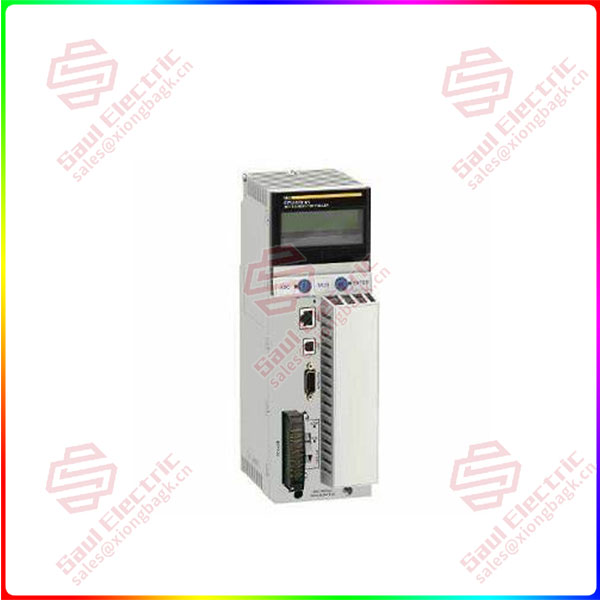This past August, Microsoft, Intel and IoT Analytics jointly released the latest IoT Signals report, IoT Signals – Manufacturing Spotlight. The first version of the report was released in 2019, and it is continuously updated every year, recording the development snapshot of the Internet of Things year by year, and giving feedback on the technology trend of the Internet of Things, which has high reference value.
This latest edition of the report focuses exclusively on the global Industrial Internet and digital transformation, revealing the state of the field, with some findings expected and others revealing.
The report is based on a survey of more than 500 executives from companies that have implemented or are in the process of implementing the Industrial Internet. Key findings and conclusions include:
1. Enterprises generally accelerated the construction of smart factories after the epidemic
More than seven in 10 (72%) of respondents said their smart factory strategy has moved beyond “pilot purgatory,” past the proof-of-concept PoC stage and into partial or total construction. Over the next three years, these executives have set even more aggressive growth targets for their companies, increasing them by 66%.
2.OEE is the most important KPI for executives
Four out of five respondents cited overall equipment efficiency (OEE) as their key performance indicator for measuring the success of their smart factory strategy, and they expect their organizations to make significant improvements in cybersecurity, sustainability and quality over the next three years.
3. Corporate investment focuses on a new generation of industrial automation systems
Quality management and predictive maintenance have been the focus of most smart factory projects to date. The need for greater agility and flexibility in factories has shifted the focus of corporate investment. Most enterprises will cloud industrial gateway,

140CPU67060
Investment in a new generation of industrial automation systems, such as software-based PLCS, is at the top of the list, with plans to increase investment by 29%. And industrial augmented reality AR, industrial metauniverse and other hot areas, has not yet been included in the investment focus of executives.
4. The challenges of implementing the Industrial Internet have changed
The challenge of getting data out of devices and connecting them to cloud platforms is rarely talked about these days. After the pilot purgatory, the biggest challenge for executives is the development of software applications. Eight out of 10 respondents said they lack comprehensive talent with data science, artificial intelligence and cybersecurity capabilities.
5. The convergence of IT and OT is happening
Research shows that 76% of devices and assets in manufacturing enterprises are already connected, many workloads and applications have migrated from on-premises to public or private clouds, and SaaS software as a service is becoming the dominant deployment type. And some enterprises have already embraced the latest business models, with 41% of respondents agreeing with the SaaS subscription model. At the same time, IT tools such as containers, cloud native, and others are spreading in the factory.
6. Smart products create new revenue streams
Next, respondents not only expect the industrial Internet to optimize their own operational processes, but also hope to create more revenue for enterprises by selling better intelligent connected products. Some companies offer remote support and predictive maintenance as value-added services to customers, while those already selling smart connected products expect smart products to account for 47% of sales by 2025, up from 33% today.
There are 59 pages in the report. In this article, we will focus on three points worth paying attention to in the report.
 1 Year Warranty
1 Year Warranty





